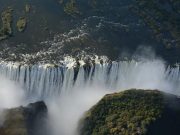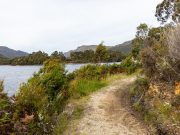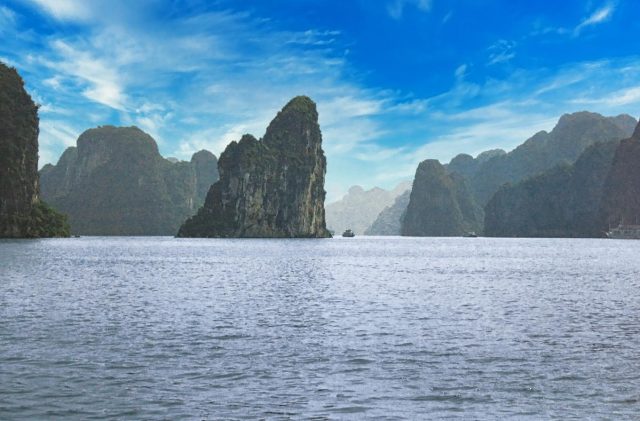In the vibrant tapestry of our globalized world, tourism stands as one of its most colorful threads, weaving together cultures, economies, and landscapes. Yet, beneath its alluring facade lies a complex narrative that beckons for a deeper exploration: the impact of tourism on indigenous communities. This ongoing debate is akin to a delicate dance, balancing the potential for economic empowerment and cultural exchange against the risk of exploitation and erosion of ancient traditions. As travelers venture into the heart of indigenous territories, they embark on a journey that is as much about self-discovery as it is about the discovery of others. Herein lies the question: does tourism serve as a bridge to understanding and prosperity, or does it pave a path toward cultural commodification and loss? This article delves into the multifaceted discourse surrounding tourism’s footprint on indigenous lands, seeking to illuminate both the promises and the pitfalls that accompany this global phenomenon.
Balancing Economic Benefits with Cultural Preservation
Striking a harmonious balance between economic growth and the safeguarding of cultural heritage is a complex challenge faced by many indigenous communities. On one hand, tourism can serve as a significant economic driver, offering opportunities for local employment, infrastructure development, and a platform for cultural exchange. Yet, this influx of visitors often poses risks to the cultural integrity and environmental sanctity of these communities. Economic benefits may include:
- Increased revenue from local crafts and cultural performances
- Improved infrastructure, such as roads and healthcare facilities
- Job creation in hospitality and guiding services
However, these benefits must be weighed against potential cultural erosion. The commercialization of sacred traditions and the intrusion of foreign values can dilute the essence of indigenous cultures. Cultural preservation might require:
- Establishing cultural education programs for tourists
- Implementing regulations to limit tourist numbers in sensitive areas
- Empowering local voices in tourism management decisions
The debate continues as communities strive to find sustainable solutions that honor their heritage while embracing the economic potential tourism brings.
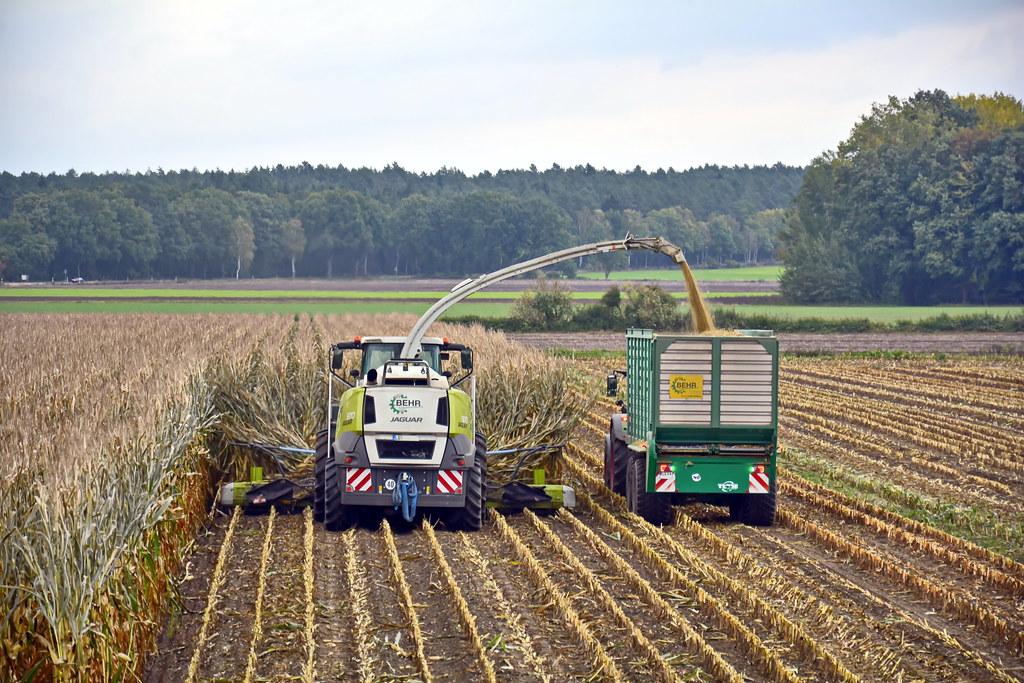
Understanding the Environmental Strain on Indigenous Lands
Indigenous lands often serve as a canvas for tourism, showcasing breathtaking landscapes and rich cultural heritage. However, this influx of visitors can lead to significant environmental pressures. Natural resources, such as water and soil, face depletion and degradation due to increased demand and waste generation. Traditional lands, once pristine, may become littered with plastic waste and other pollutants, impacting the ecosystems and wildlife that are integral to the indigenous way of life.
Furthermore, the presence of tourists can disturb sacred sites and rituals, leading to a loss of cultural integrity. Indigenous communities may find themselves balancing economic opportunities against the preservation of their ancestral lands. Key concerns include:
- Overcrowding: Popular tourist destinations can become overcrowded, causing wear and tear on natural sites.
- Cultural Erosion: The commercialization of indigenous culture can lead to a loss of traditional practices and values.
- Resource Strain: Increased tourism often leads to overuse of local resources, putting strain on community supplies.
Striking a balance between welcoming visitors and maintaining environmental and cultural integrity is crucial for the sustainability of these unique regions.
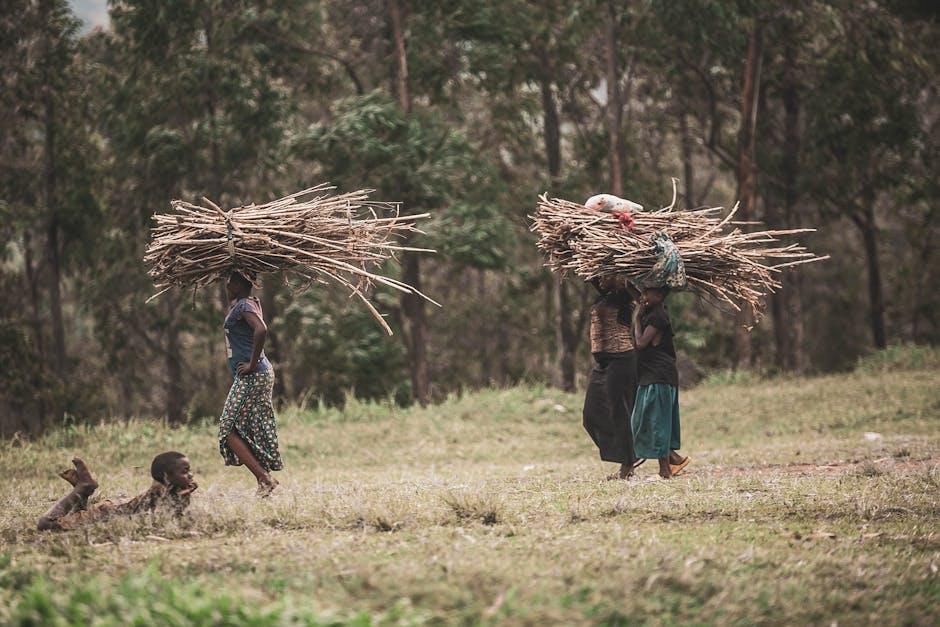
Amplifying Indigenous Voices in Tourism Development
The ongoing conversation about tourism’s role in indigenous regions underscores the urgent need to integrate native perspectives into tourism development. By weaving indigenous voices into the fabric of planning and decision-making, tourism can become a tool for cultural preservation and economic empowerment. This approach can offer a pathway for communities to retain control over their cultural narratives and traditional lands.
- Respect for Cultural Heritage: Acknowledging the deep-rooted cultural traditions and customs is crucial. This can be achieved by supporting local guides and cultural ambassadors.
- Equitable Economic Opportunities: Tourism initiatives must ensure that indigenous communities receive a fair share of the economic benefits, fostering sustainable livelihoods.
- Environmental Stewardship: Indigenous knowledge can guide environmentally responsible tourism practices, promoting conservation efforts and sustainability.
Incorporating indigenous perspectives not only enriches the tourism experience but also strengthens the resilience of these communities. By focusing on inclusive development, we can pave the way for a tourism industry that honors and uplifts indigenous voices.
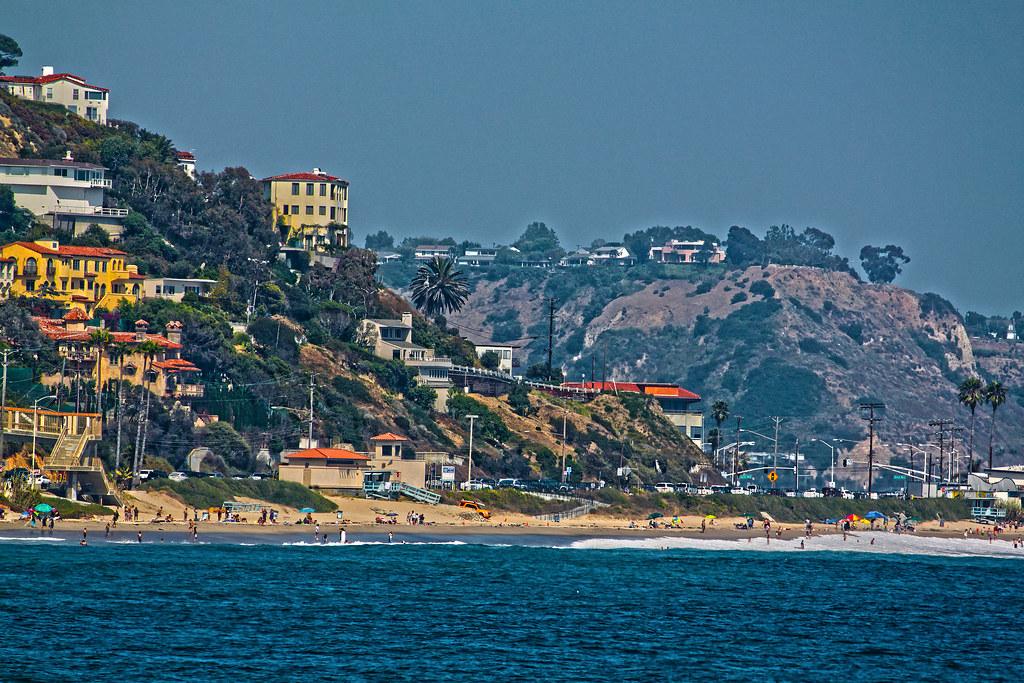
Crafting Sustainable Tourism Policies for Mutual Growth
As tourism continues to expand globally, it brings both opportunities and challenges to indigenous communities. To foster mutual growth, it is crucial to craft policies that align economic benefits with cultural preservation and environmental sustainability. By focusing on community-led tourism initiatives, we can empower indigenous populations while ensuring their cultural heritage remains intact.
- Community Involvement: Encourage local participation in decision-making processes to ensure that tourism development reflects indigenous values and priorities.
- Cultural Sensitivity: Develop training programs for tourists and operators to promote respect and understanding of indigenous customs and traditions.
- Economic Benefits: Implement fair revenue-sharing models that provide tangible economic benefits to indigenous communities.
- Environmental Stewardship: Prioritize sustainable practices that protect the natural landscapes that are vital to indigenous ways of life.
Wrapping Up
As the sun sets on the vibrant tapestry of discussions surrounding tourism’s impact on Indigenous communities, it becomes clear that this is not a narrative with a singular ending. Instead, it is a story woven with threads of hope, caution, and resilience. The debate continues to evolve, much like the communities at its heart—steadfast in preserving their heritage while navigating the complex pathways of modernity. As travelers and global citizens, we find ourselves at a crossroads, challenged to tread lightly and listen intently. The journey forward invites us to foster partnerships grounded in respect and understanding, where the voices of Indigenous peoples are not only heard but heeded. As we step back from this discourse, may we carry with us a renewed sense of responsibility and an unwavering commitment to honoring the rich tapestries of cultures that enrich our world. The dialogue may pause, but the journey towards mutual respect and sustainable coexistence continues.





